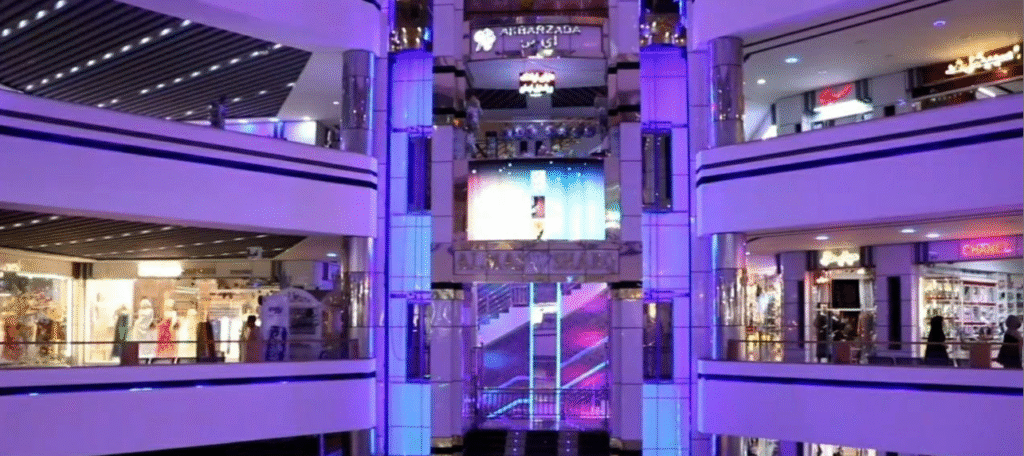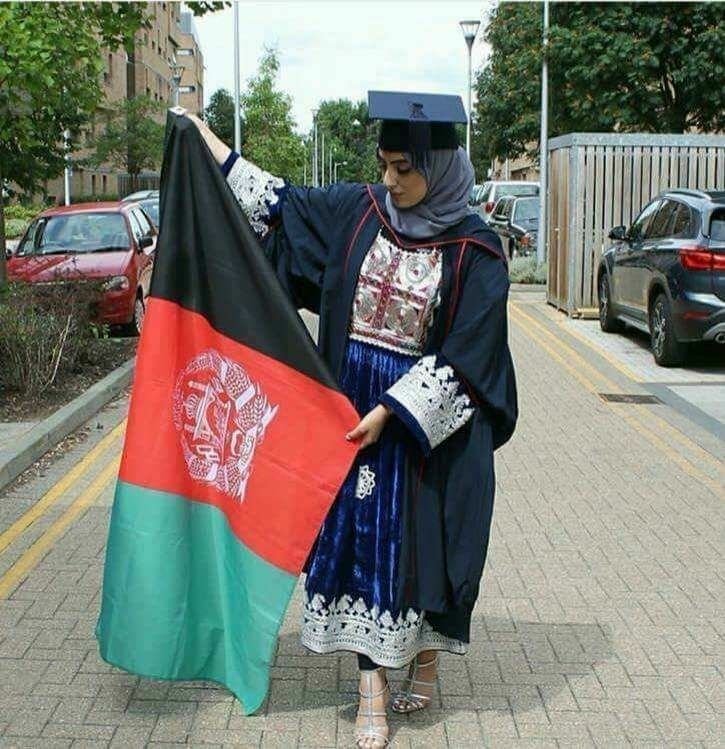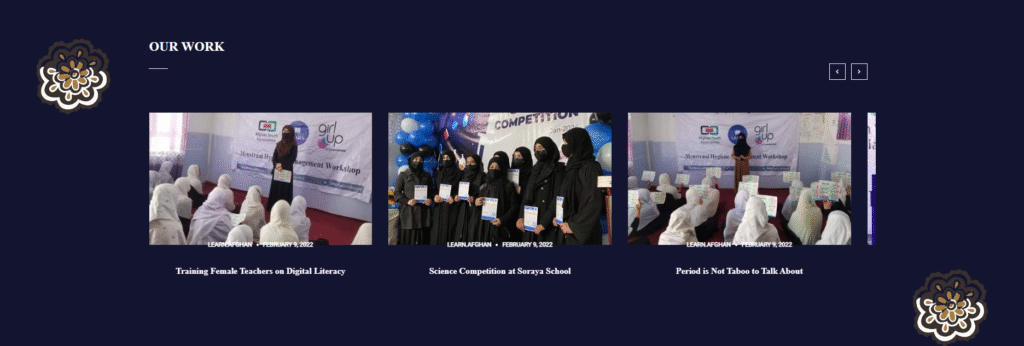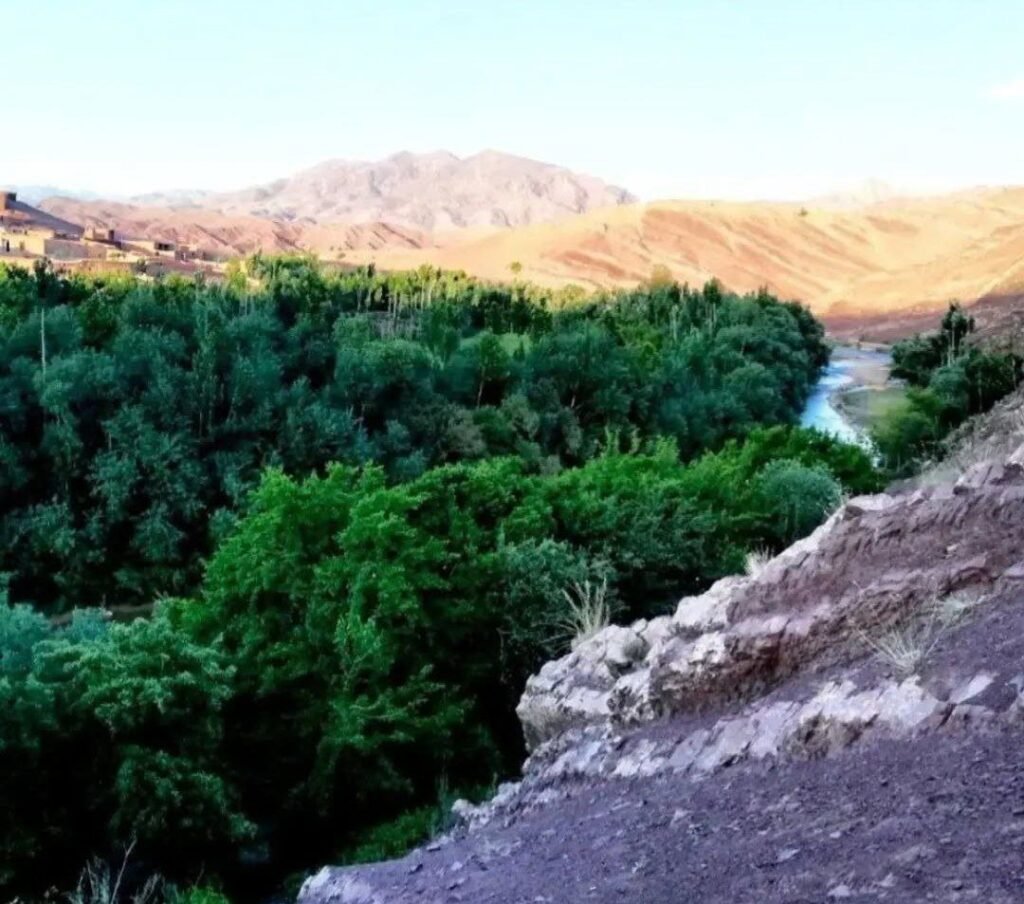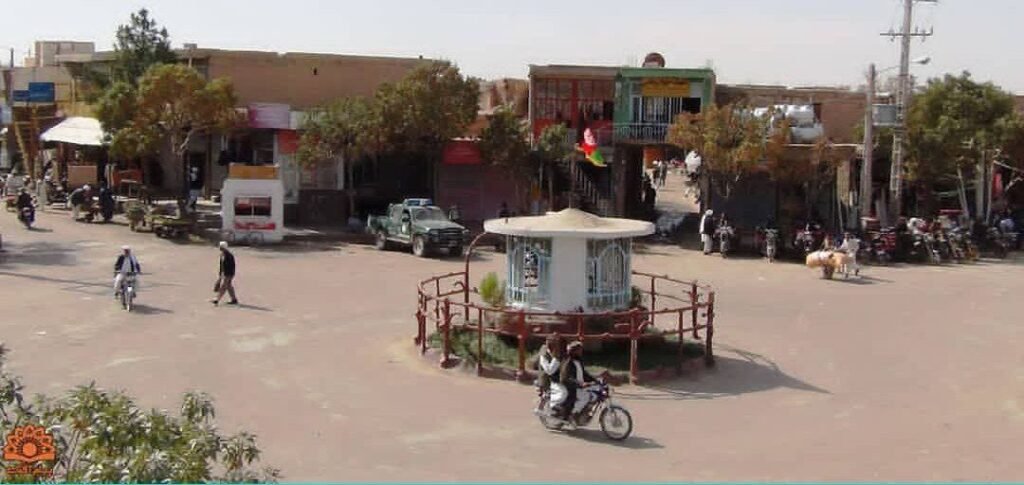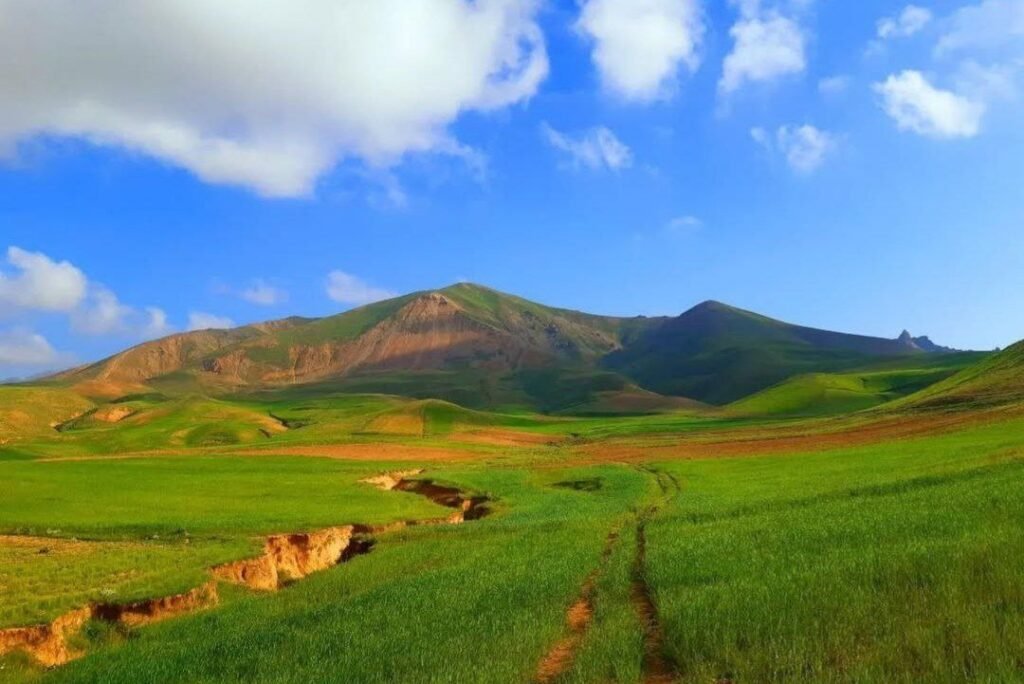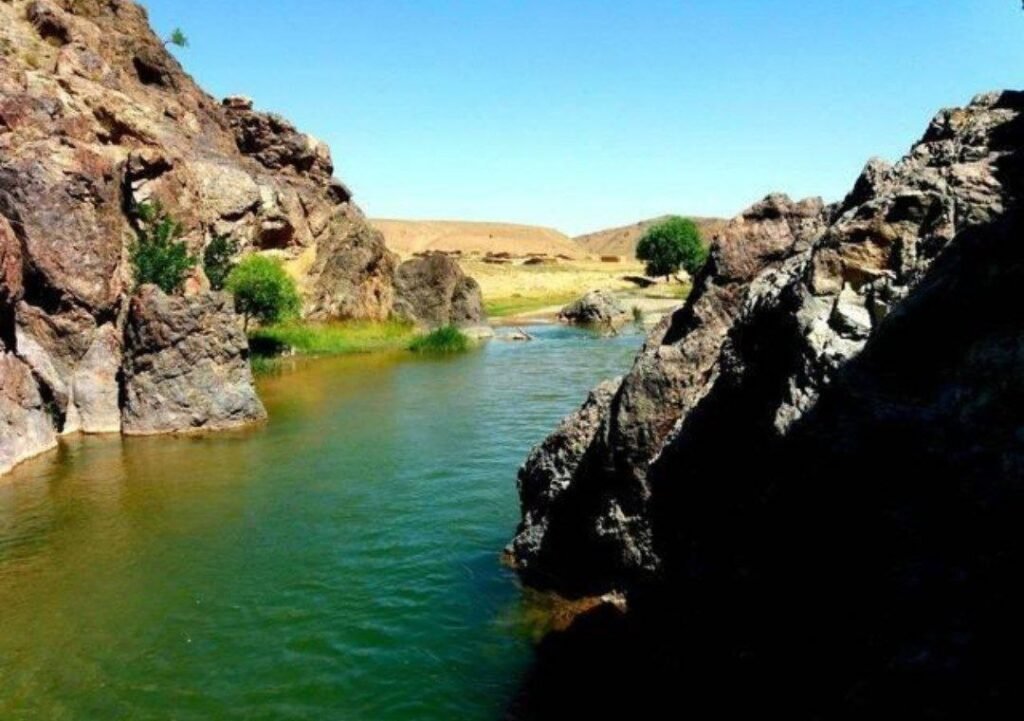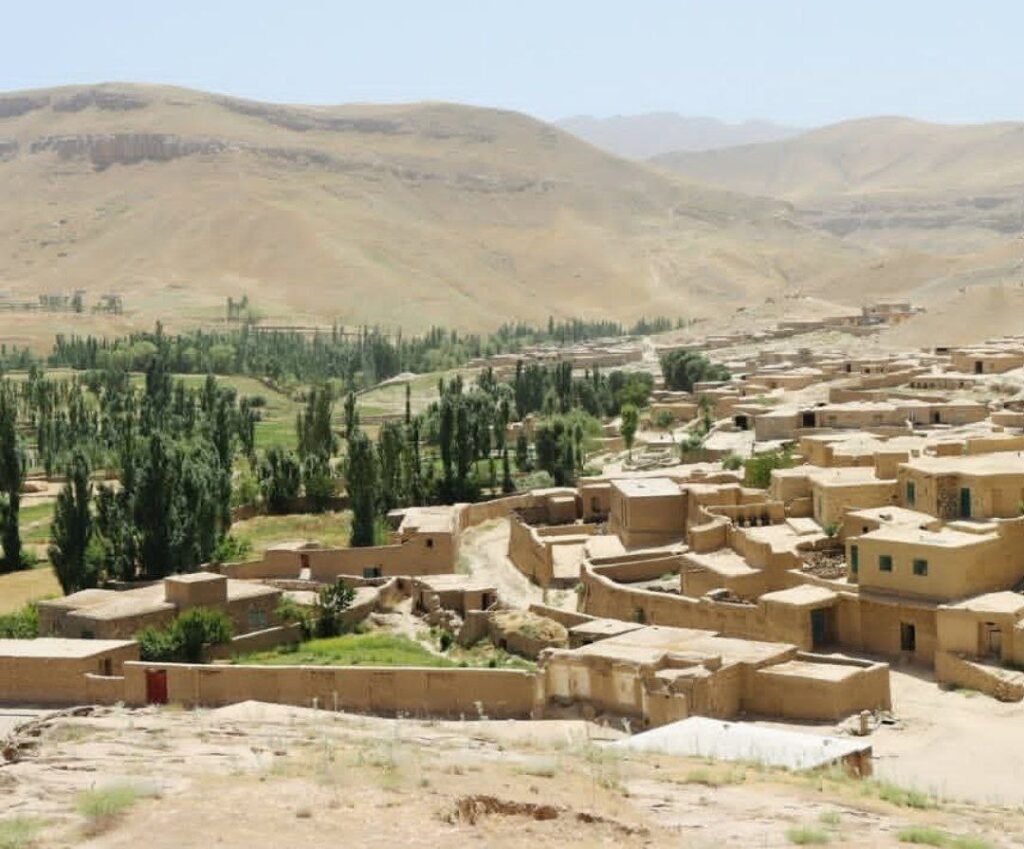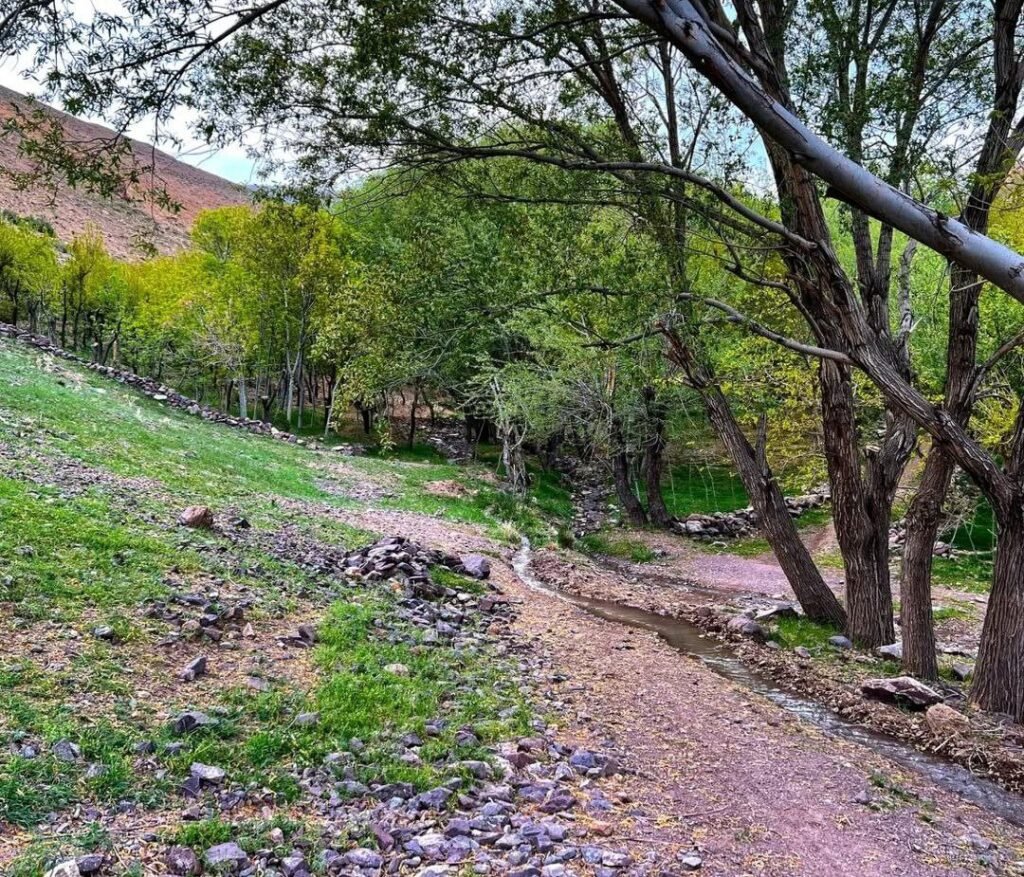Almas Sharq Herat: The Heart of Local Trade and Shopping
Almas Sharq Market – Herat Almas Sharq Market in Herat is one of the main shopping and commercial centers in the eastern part of the city. It combines the traditional architecture and local heritage of Herat with modern facilities and up-to-date stores. For over a decade, this market has been recognized as an economic and social hub of the eastern city, playing an important role in the daily lives of its residents. Almas Sharq Market is not only significant for everyday shopping of essential goods such as clothing, bags, shoes, and electronics, but also serves as a popular destination for tourists and international visitors due to its variety of stores and local products. Visitors can experience traditional shopping with the opportunity to bargain while also enjoying modern shops featuring domestic and international brands. Culturally, Almas Sharq Market acts as an active social and cultural center. Local people gather here, exchange advice about products, and participate in short cultural events and handicraft exhibitions. This combination of shopping, social interaction, and cultural experience makes Almas Sharq Market a key location in Herat that fulfills not only economic needs but also the social and cultural needs of its citizens. Shops and Products Almas Sharq Market in Herat hosts over 1,000 diverse shops, offering a wide range of products and services. This large number of stores allows visitors to find all their daily and commercial needs in one place. Key features of shops and products at Almas Sharq Market include: This extensive variety makes the market a complete destination for shopping, gifts, and even urban tourism, providing a unique shopping experience for residents and visitors alike. Many shops also feature modern retail spaces with professional lighting and attractive displays, making shopping convenient and enjoyable. At the same time, some stores maintain traditional small spaces with local architecture, evoking the authentic Herati shopping experience. Facilities and Entertainment Almas Sharq Market is more than just a shopping location; it offers a variety of facilities and services: Exact Address Almas Sharq Market, Bank Khon Road, Almas Sharq Commercial Complex, Herat, Afghanistan
